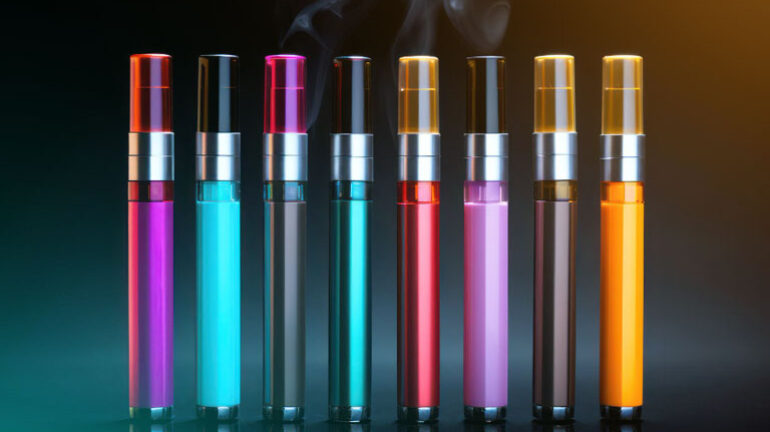
Vaping, like any form of substance consumption, can have various side effects. While vaping is generally considered less harmful than smoking traditional cigarettes due to the absence of tar and combustion-related toxins, it’s important to recognize that it is not without risks. Here are some potential side effects associated with vaping:
- Respiratory Issues: Vaping can irritate the throat and airways, leading to symptoms such as coughing, throat irritation, and dry mouth. Some individuals may also experience shortness of breath or wheezing, particularly with heavy or prolonged use.
- Nicotine Dependence: Many vaping products contain nicotine, which is highly addictive. Regular vaping can lead to nicotine dependence, making it difficult for individuals to quit or reduce their usage without experiencing withdrawal symptoms such as cravings, irritability, anxiety, and difficulty concentrating.
- Nicotine Poisoning: Ingesting excessive amounts of nicotine, whether through vaping or other means, can result in nicotine poisoning. Symptoms may include nausea, vomiting, dizziness, rapid heartbeat, sweating, headache, and even seizures in severe cases. This risk is particularly relevant for young children who may accidentally ingest nicotine-containing e-liquids.
- Cardiovascular Effects: Nicotine in vaping products can increase heart rate and blood pressure, potentially putting strain on the cardiovascular system. Individuals with pre-existing heart conditions or high blood pressure may be more susceptible to adverse cardiovascular effects from vaping.
- Lung Damage: Some studies have suggested that vaping may contribute to lung damage and respiratory issues, such as inflammation and impaired lung function. The long-term effects of vaping on lung health are still being studied, but acute lung injuries associated with vaping have been reported in some cases.
- Dry Mouth and Throat: The propylene glycol and vegetable glycerin found in e-liquids can have a drying effect on the mouth and throat, leading to symptoms such as dry mouth, sore throat, and increased thirst.
- Allergic Reactions: Some individuals may be allergic or sensitive to certain ingredients in e-liquids, flavorings, or other components of vaping devices. Allergic reactions can manifest as skin irritation, itching, rash, or respiratory symptoms such as wheezing and difficulty breathing.
- Exposure to Harmful Chemicals: While vaping eliminates the combustion of tobacco and the associated production of many harmful chemicals found in cigarette smoke, e-liquids and vaping devices can still contain potentially harmful substances such as heavy metals (e.g., lead, nickel), volatile organic compounds, and flavoring additives. Prolonged exposure to these chemicals may pose health risks, although the extent of these risks is still being studied.
It’s essential for individuals considering vaping to weigh the potential risks and benefits and make informed decisions about their use. Those who are using vaping as a smoking cessation tool should seek guidance from healthcare professionals and consider using evidence-based cessation methods. Additionally, anyone experiencing adverse effects from vaping should discontinue use and consult a healthcare provider.